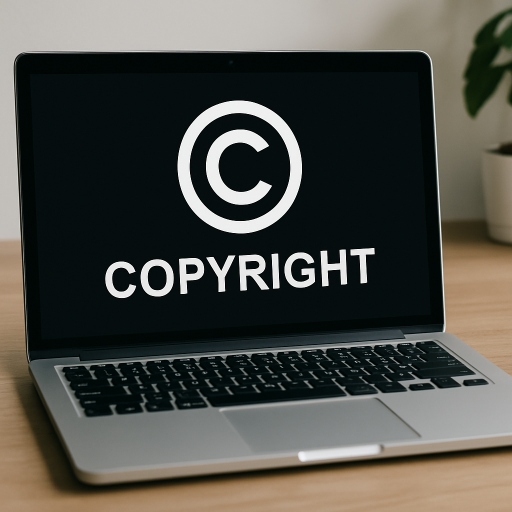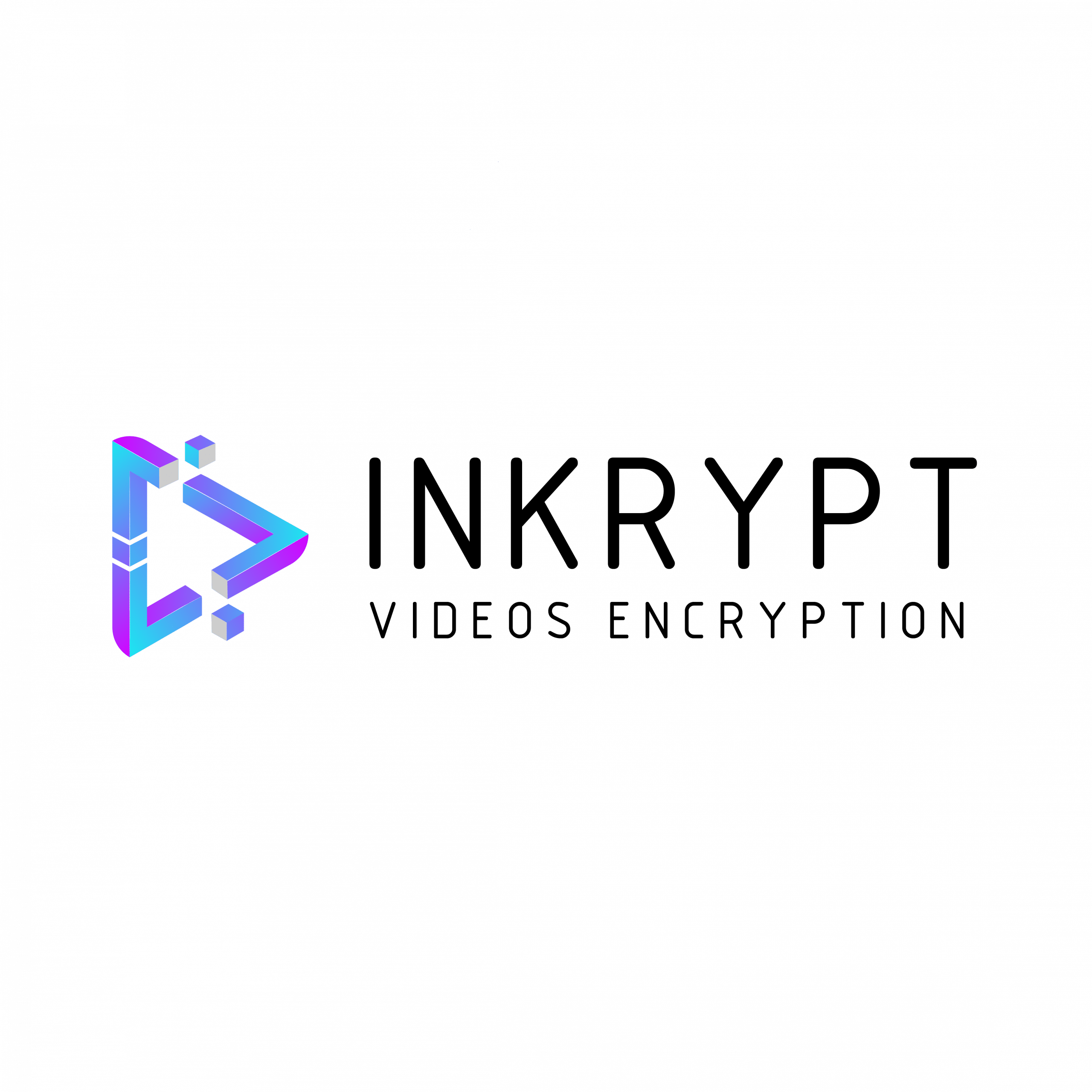Table of Contents
ToggleIs your video hosting platform legally protected? Discover how Digital Rights Management (DRM) safeguards your content, ensures copyright compliance, and prevents costly unauthorized distribution.
Key Takeaways: Navigating Copyright & DRM for Secure Video Hosting
Use DRM to Enforce Legal Compliance: Digital Rights Management ensures that only authorized users access your content, helping you meet copyright obligations and protect intellectual property.
Secure Your Revenue Streams: DRM supports monetization through controlled access (e.g., subscriptions, rentals) and prevents piracy-related losses.
Tailor Access with Licensing Flexibility: Implement custom rules like device limits, viewing windows, or geo-restrictions to suit your audience and business model.
Leverage DRM Analytics for Growth: Gain actionable viewer insights (watch time, engagement) to refine your content and marketing strategies.
Strengthen Global Legal Security: Use features like geo-blocking, watermarking, and duplication prevention to comply with international copyright laws and trace unauthorized use.
Stay Ahead with Proactive Security: Partner with reliable DRM vendors, run regular audits and adopt features like 2FA to fortify your platform against evolving threats.
Promote Copyright Awareness: Educate users on IP rights to foster a compliant, respectful content ecosystem.

Understanding Copyright
Before exploring DRM, master copyright basics. This section covers key laws and their impact on video creators:
• What is Copyright?
Copyright grants creators exclusive rights to use and distribute original works—including videos, music, literature, and art. This legal protection rewards creators by ensuring control over their content’s usage.
Understanding DRM
Digital Rights Management (DRM) technology blocks unauthorized access, distribution, and copying of digital content. Let’s break down its core principles:
DRM’s Core Purpose
Think of DRM as a virtual fortress for your videos. It guarantees only authorized viewers access to your content—critical for building secure, compliant hosting.How DRM Works
Effective implementation requires understanding two key mechanisms:
• Content Encryption: Scrambles data to prevent interception
• Access Controls: Restricts viewing permissions based on user credentials
Together, these maximize video hosting protection.
Benefits of DRM for Video Hosting
1. Blocks Unauthorized Access
DRM restricts viewing to authorized users through encryption and access controls. This protects content exclusivity while preventing leaks.
2. Stops Illegal Distribution
Encryption and licensing prevent users from sharing videos without permission—directly combating piracy and preserving content value.
3. Secures Monetization
Control access via subscriptions, pay-per-view, or rentals. DRM guarantees creators get paid for their work, supporting sustainable content creation.
4. Enables Flexible Licensing
Tailor access rules to your business:
• Time-limited viewing
• Device-specific access
• Regional restrictions
Adapt models for different content types.
5. Provides Viewer Analytics
Gain insights into:
• Engagement patterns
• Audience preferences
• Watch time data
Optimize content strategy using real behavior metrics.
6. Prevents Revenue Loss
By blocking piracy and unauthorized sharing, DRM ensures creators and platforms retain rightful earnings.
7. Manages Global Distribution
Apply geo-restrictions to comply with regional copyright laws while securely delivering content worldwide.
8. Preserves Original Quality
Prevents tampering or degradation during distribution—critical for HD/4K videos and premium content.
DRM is a vital legal shield, ensuring copyright compliance
1. Access Control & Encryption
DRM restricts viewing to authorized users through encrypted streams. This enforces copyright holders’ exclusive distribution rights.
2. Licensing Agreement Enforcement
Automate copyright compliance by:
• Defining access terms
• Controlling distribution scope
• Enforcing usage permissions
All are aligned with the creators’ legal requirements.
3. Geo-Restriction Implementation
Comply with regional laws by restricting content based on location. Maintain global legality across jurisdictions.
4. Duplication Prevention
Block illegal copying through:
• Screen capture blocking
• Download restrictions
• Redistribution tracing
Protects creators’ exclusive reproduction rights.
5. User Authentication
Verify viewer identities via:
• Login credentials
• Device validation
• Session monitoring
Ensures only authorized access per copyright laws.
6. Digital Watermarking
Embed invisible ownership markers to:
• Trace content leaks
• Prove copyright ownership
• Support legal claims
7. Copyright Law Adaptability
Quickly update DRM settings when regulations change. Maintain continuous compliance without platform overhaul.
8. Creator Collaboration Tools
Involve rights holders in:
• Access rule creation
• Regional restriction setup
• License customization
Builds legally transparent ecosystems.
Beyond DRM: Essential Legal Security Tips for Video Hosting Platforms
Partner with Trusted DRM Providers
Select established vendors with proven security track records. They deliver updated protection and industry-standard compliance.Monitor DRM Innovations
Stay ahead of emerging threats by adopting cutting-edge DRM technologies as they evolve.Educate Users on Copyright
Build a respectful community with clear guidelines about intellectual property rights.Enable Two-Factor Authentication (2FA)
Add this extra security layer to prevent unauthorized account access.Conduct Regular Security Audits
Proactively identify vulnerabilities and update all systems (including DRM) with the latest patches.
In today’s digital-first world, protecting your video content isn’t optional—it’s essential. Digital Rights Management (DRM) offers the legal shield and control you need to secure your platform, preserve revenue, and build trust with your audience. By staying compliant and proactive, you set the foundation for sustainable content success.
Ready to secure your video hosting?
Explore trusted DRM solutions now and take the first step toward bulletproof copyright protection.
FAQs
What is DRM and how does it protect my video content?
DRM (Digital Rights Management) encrypts and controls access to video files, preventing unauthorized use, copying, and piracy by requiring license verification before playback
How does DRM work with video hosting platforms?
DRM integrates with video hosting by encrypting videos, managing licenses via servers, and ensuring only authorized users can decrypt and play content on supported devices
Which DRM systems are best for protecting videos across devices?
Top DRM systems include Google Widevine, Apple FairPlay, and Microsoft PlayReady, each compatible with specific browsers and devices to maximize content protection
Can DRM prevent unauthorized downloads and sharing of my videos?
Yes, DRM encrypts videos and restricts playback to authorized users, making downloaded files unusable without proper decryption keys
How do license servers work in DRM for video hosting?
License servers authenticate user requests and issue decryption keys, enforcing access rights like playback limits or device restrictions to keep content secure
What are common challenges when implementing DRM for video hosting?
Challenges include ensuring compatibility across devices, managing encryption keys, and integrating DRM with video players and license servers
How can I control where and who can watch my DRM-protected videos?
DRM platforms often offer domain restrictions, geo-blocking, and user authentication features to limit video playback to authorized locations and viewers
Why is DRM important for video copyright protection?
DRM legally enforces copyright by preventing unauthorized copying and distribution, helping content owners maintain control and revenue
How do I choose the right DRM provider for my video hosting?
Select a provider based on target platforms, DRM compatibility, encryption standards, and ease of integration with your video player and workflow
Can DRM support offline video playback securely?
Yes, some DRM systems cache licenses temporarily, allowing secure offline playback without compromising content protection
Does DRM affect video streaming quality or user experience?
Properly implemented DRM minimally impacts streaming quality while maintaining security, though it requires compatible players and devices
How do DRM and encryption differ in video protection?
Encryption scrambles video data, while DRM manages keys, licenses, and usage rights to control who can decrypt and watch the content


